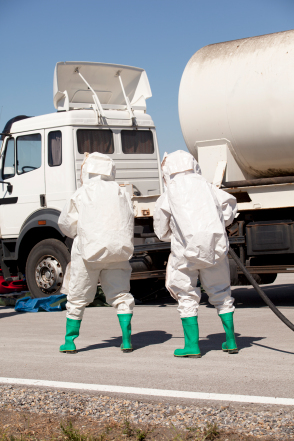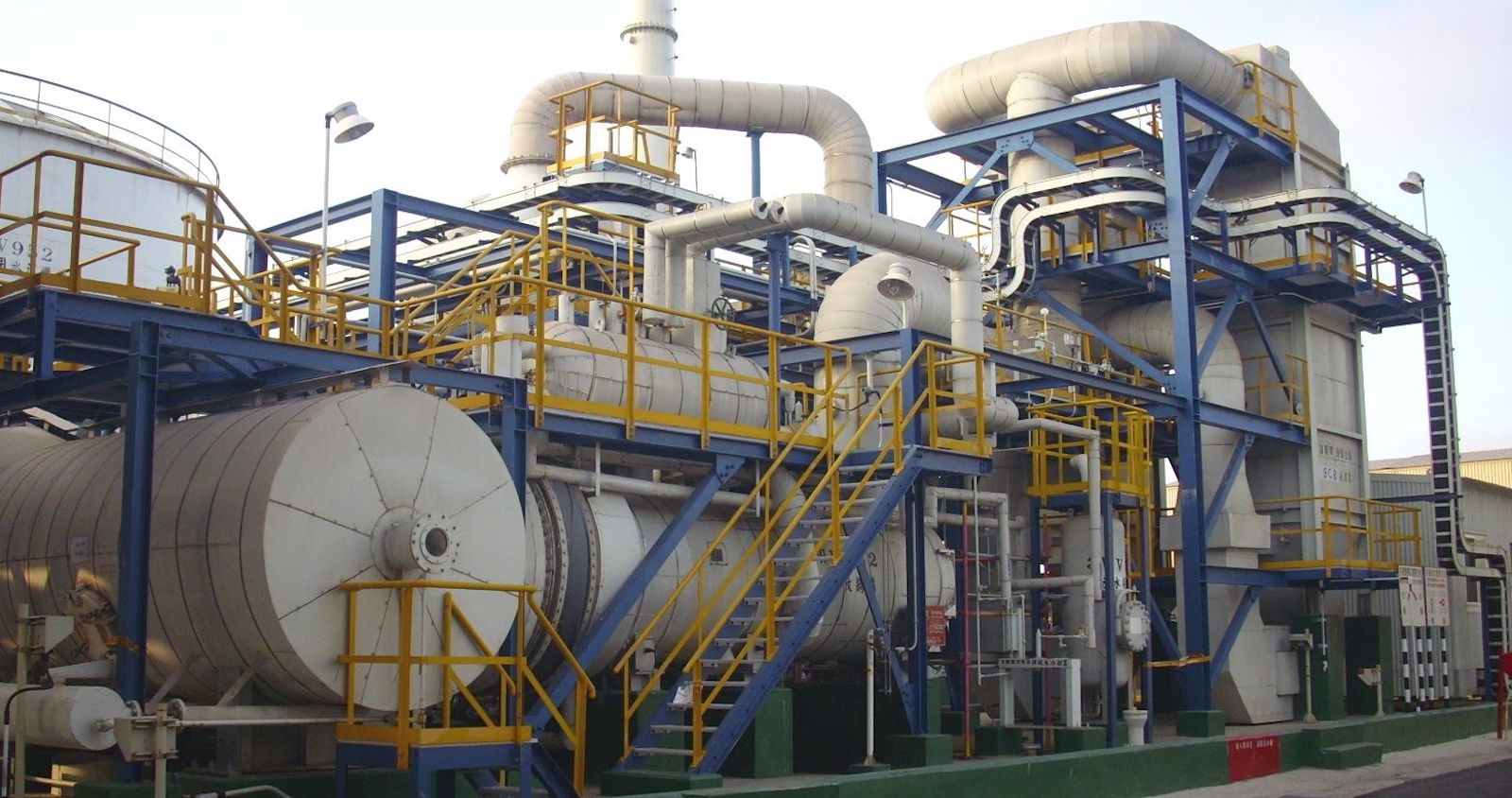Comprehensive Liquid Waste Disposal: Solutions for Homes and Businesses
Comprehensive Liquid Waste Disposal: Solutions for Homes and Businesses
Blog Article
Exactly How Fluid Waste Disposal Functions: An In-depth Overview of Techniques and Technologies Used

Overview of Fluid Waste Types
The intricacy of fluid waste types requires an extensive understanding of their attributes and implications for disposal. Liquid waste can broadly be categorized right into numerous kinds, consisting of commercial, municipal, agricultural, and contaminated materials. Each group displays unique residential properties, needing certain monitoring approaches to minimize environmental and health threats.
Industrial fluid waste originates from making procedures and frequently contains a series of pollutants, such as heavy steels, solvents, and organic substances. Metropolitan fluid waste, primarily consisting of wastewater from families and commercial facilities, consists of raw material, nutrients, and microorganisms (industrial wastewater treatment). Agricultural liquid waste, consisting of overflow from ranches, might have fertilizers, chemicals, and animal waste, posing threats to water top quality and environments
Harmful fluid waste is characterized by its toxicity, sensitivity, or possible to create harm. Understanding these diverse fluid waste kinds is crucial for establishing reliable disposal approaches and ensuring compliance with ecological guidelines.
Physical Therapy Approaches

Testing is the initial action, where bigger particles and debris are eliminated from the fluid waste using displays or grates. In sedimentation storage tanks, heavier fragments settle at the bottom, creating a sludge layer, while the cleared up liquid can be more dealt with.
Filtration is another crucial technique that involves passing the fluid through permeable materials, such as sand or membrane layers, to capture smaller sized fragments. This action boosts the top quality of the fluid, making it appropriate for succeeding treatment processes.

Chemical Therapy Techniques
Chemical therapy techniques are necessary for efficiently taking care of fluid waste, especially in resolving dissolved and colloidal impurities that physical methods may not appropriately remove. These strategies make use of numerous chemical representatives to reduce the effects of, speed up, or transform harmful compounds into less hazardous forms.
One common technique is coagulation and flocculation, where chemicals such as alum or ferric chloride are contributed to advertise the gathering of put on hold bits. This process enhances sedimentation, permitting less complicated liquid waste removal melbourne removal of the resulting sludge. Furthermore, oxidation procedures, employing agents like chlorine or ozone, are utilized to damage down intricate organic compounds and microorganisms, providing the waste more secure for discharge or further therapy.
Neutralization is an additional essential technique, which readjusts the pH of acidic or alkaline waste streams to neutral degrees, preventing potential damage to downstream systems and the environment. Additionally, advanced oxidation processes (AOPs) use combinations of oxidants and ultraviolet light to weaken consistent pollutants, achieving a greater degree of therapy effectiveness.
Biological Therapy Procedures
Biological treatment processes play a vital duty in the monitoring of fluid waste by important link using bacteria to disintegrate raw material and reduce pollutant levels. These processes can be extensively classified into aerobic and anaerobic treatments, each using particular microbial communities to achieve reliable waste destruction.
Aerobic therapy entails making use of oxygen to promote the failure of natural materials by bacteria. This procedure is frequently executed in activated sludge systems, where oygenation containers offer a conducive setting for microbial development, resulting in the oxidation of organic toxins. The resultant biomass can be separated from dealt with effluent with sedimentation.
On the other hand, anaerobic therapy happens in the absence of oxygen, depending on different bacteria to damage down raw material. This technique is particularly useful for high-strength waste, as it produces biogas, a renewable power source, while minimizing sludge production. Technologies such as anaerobic digesters are regularly used in municipal and industrial applications.
Both anaerobic and cardiovascular biological therapies not only reduce the ecological impact of liquid waste yet also promote resource recuperation, making them vital components of sustainable waste monitoring techniques. Their adaptability, efficiency, and efficiency sustain their widespread implementation across various sectors.
Emerging Technologies in Disposal
Cutting-edge strategies to liquid waste disposal are quickly advancing, driven by advancements in technology and a boosting focus on sustainability. Amongst these arising modern technologies, membrane bioreactors (MBRs) have acquired traction for their capability to integrate organic therapy with membrane layer purification, causing high-quality effluent that can be reused in various applications. MBRs enable smaller footprints and more efficient operations compared to traditional systems.
Another promising development is using anaerobic digestion combined with nutrient recovery technologies, which not just deals with fluid waste however likewise produces biogas and recovers valuable nutrients like nitrogen and phosphorus. This dual advantage boosts source effectiveness and minimizes environmental impact.
Additionally, progressed oxidation procedures (AOPs) are being embraced for the degradation of complex natural toxins. These techniques utilize powerful oxidants and catalysts to damage down pollutants at the molecular level, providing a very efficient solution for challenging waste streams.
Additionally, the assimilation of expert system and artificial intelligence in waste management systems is maximizing operational performance and anticipating maintenance, resulting in lowered expenses and improved ecological compliance. These technologies show a significant shift in the direction of more sustainable and efficient liquid garbage disposal practices.
Verdict
In verdict, effective liquid waste disposal demands an extensive understanding of various methods and modern technologies. By continually go to my blog advancing these approaches, it ends up being feasible to resolve the expanding challenges associated with liquid waste, eventually adding to ecological defense and source recuperation.
Fluid waste disposal is a vital element of ecological administration, calling for a thorough understanding of numerous techniques and modern technologies customized to various waste kinds. Fluid waste can extensively be classified right into a number of kinds, consisting of commercial, metropolitan, farming, and unsafe waste. Agricultural fluid waste, consisting of overflow from farms, may include fertilizers, pesticides, and pet waste, posturing threats to water top quality and ecological communities.
Numerous physical therapy techniques play a vital role in managing fluid waste properly - industrial wastewater treatment.In verdict, efficient liquid waste disposal necessitates a thorough understanding of various methods and innovations
Report this page